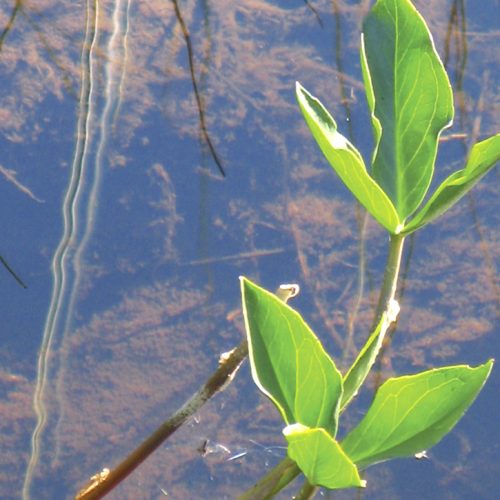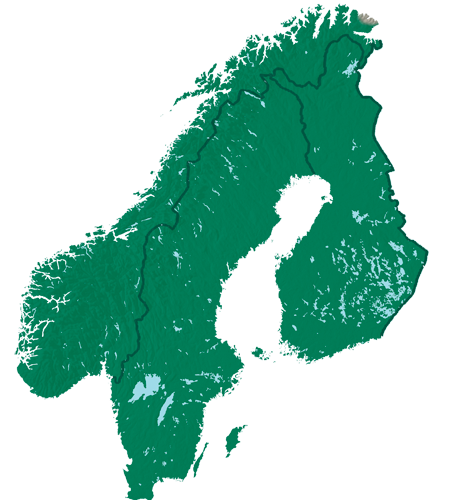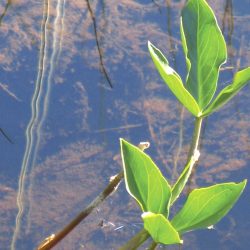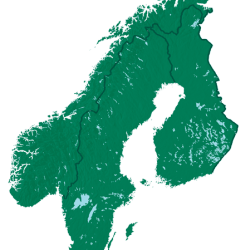Buckbean
Menyanthes trifoliata
In the old times, the root of the buckbean was ground into flour; out of this flour, bread was baked. Earlier, the roots of the buckbean were fed to cows. Buckbean leaves were gathered before the plant bloomed. From the dri ed leaves, people would make tea or stock, which was then used as treatment for scurvy, colds, cough, rheumatism, intestinal parasites, digestive, liver and gall bladder troubles, and the loss of appetite. Wounds that festered were cleaned and lice controlled with buckbean stock.
The buckbean is a perennial that grows in bogs. The inflorescence is a raceme that stands up, and the flowers are almost white or light red. The leaves are trefoil, and the rhizome is long, solid and floating. In the north, the buckbean blooms in mid-July; the flowering lasts for three weeks. The inflorescence can be as long as half a metre, and the leaves and the flower keep above the water surface. In addition to bogs, buckbeans can grow on ponds and lakes, where they contribute to overgrowth.









